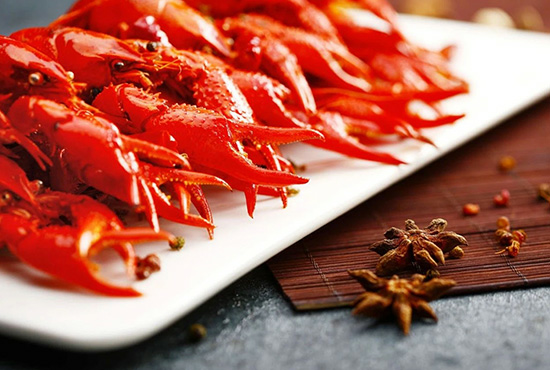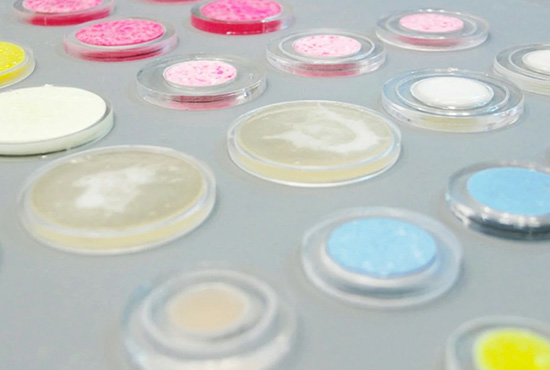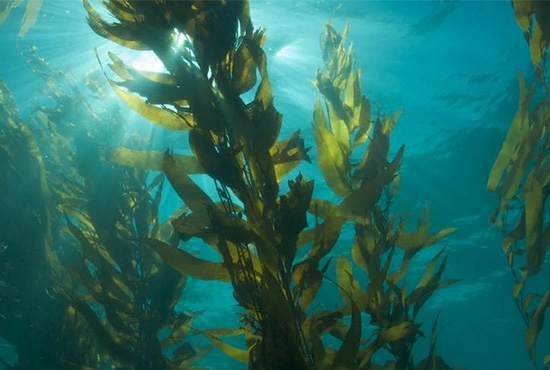According to different sources of raw materials, we divide chemical fibers into two categories: petroleum-based chemical fibers and bio-based chemical fibers. Among them, petroleum-based chemical fibers account for more than 90% of the total chemical fibers. The excessive dependence of chemical fibers on petroleum-based chemicals has led to the massive consumption of non-renewable resources such as petroleum, leading to resource exhaustion and environmental pollution. According to reports, the world's oil resources can be exploited for about 40 years, while my country's oil resources can be exploited for no more than 30 years.
1.Classification of bio-based chemical fibers
Bio-based chemical fibers refer to fibers made from biomass or polymers containing biomass-derived monomers. The main categories are:
Bio-based regenerated fiber:
(1)Plant-based regenerated fiber: Use natural plants such as conifers, wood scraps, bamboo, and hemp as raw materials to make a spinning solution through physical or chemical methods, and then prepare it through an appropriate spinning process. Mainly include solvent-processed cellulose (Lyocell) fiber, bamboo pulp fiber, hemp pulp fiber, low-temperature alkali/urea fiber, urethane method (CC method) cellulose fiber, etc.
(2)Marine bio-based fiber: the main raw material is algae, shrimp, crab and other aquatic products and insects and other arthropod shells. The varieties mainly include alginate fiber, chitosan fiber, chitin/cellulose composite fiber and so on.

(3)Protein fiber: It is made by mixing leftovers of protein production and spinning, or grafting it on other high polymer spinning or composite spinning. The varieties mainly include soybean protein fiber, milk protein fiber, cicada pupa protein fiber, leather collagen fiber, wool protein fiber, and mulberry silk fibroin fiber.
2. Bio-based synthetic fiber:
Refers to fibers made from biomass such as agricultural and forestry by-products, chemically made into high-purity monomers, then polymerized to obtain high-molecular-weight polymers, and then processed by appropriate spinning processes. Bio-based synthetic fiber varieties mainly include: polylactic acid (PLA) fiber, 3-hydroxybutyrate and 3-hydroxyvalerate copolymer/polylactic acid (PHBV/PLA) blend fiber, polytrimethylene terephthalate (PLA) fiber (PTT) fiber, polybutylene terephthalate (PDT) fiber, polybutylene terephthalate (PBT) fiber, polybutylene succinate (PBS) fiber, nylon 56 (PA 56) fiber etc.

2.Characteristics and application fields of main varieties of bio-based chemical fibers
Bio-based chemical fiber has outstanding biological safety, biocompatibility, biodegradability and other characteristics. It is a renewable resource, environmentally friendly, and skin-friendly. It has been widely used in clothing such as underwear, shirts, hosiery, leisure sports, etc. and home textiles such as bedding and curtains.The non-woven fabrics made of bio-based chemical fibers are widely used in disposable and absorbable sanitary materials such as facial masks, baby diapers, adult incontinence products, and sanitary napkins, and the application fields are constantly expanding.
PLA fiber: PLA fiber is derived from renewable resources such as starch and sugar cane, and is the most widely used bio-based chemical fiber.PLA fiber is harmless to humans, has low density, good processability, and excellent UV resistance. It is widely used in food packaging, clothing, curtains, sand barriers for desert control and other fields.

PLA fiber has certain flame retardancy, low smoke and good barrier properties, and is widely used in flame retardant and drip resistant products. PLA fiber has good piezoelectric properties and is widely used in smart wear and other fields.
PLA fiber also has a certain antibacterial and anti-mite function, and is mainly used in feminine hygiene products, infant diapers, adult incontinence products, underwear, and surgical gowns and protective clothing worn by doctors, nurses, and patients.
Chitosan fiber: Chitosan fiber uses shrimp and crab shells as raw materials to prepare chitosan, which is then prepared by wet spinning.
Chitosan fiber has biocompatibility, human compatibility, broad-spectrum bacteriostasis, biological safety, degradability and can stop bleeding and promote healing. It can be spun into yarns, fabrics, non-woven fabrics and other types. It is widely used in aerospace, military industry, medical treatment, sanitation, functional textiles and filtration protection and other fields. In addition, chitosan fiber can also be used in hemostatic bandages, dressings, etc., which can achieve the effects of rapid coagulation of blood, sealing wounds, and hemostasis. Chitosan fiber can also be used in facial masks, which can inhibit bacteria, prevent mites and moisturize.
The price of chitosan fiber is high. Generally, the blending ratio of chitosan fiber in textile products is 5%-20%, and the blending ratio in sanitary non-woven products is 10%-20%. Non-woven products used in medical treatment , the blending ratio is 50% to 100%.
PTT fiber: PTT fiber has the advantages of low initial modulus, good elastic recovery, good stretchability, soft hand feeling, good drape, good dyeability, good chlorine resistance, and good stain resistance. PTYT fiber has a low glass transition temperature of 45-65°C, so its dyeing performance is better than PET fiber, and it can be dyed with disperse dyes under normal pressure without a carrier. PTT fiber is widely used in the field of non-woven fabrics. PTT-based non-woven fabrics can use short PTT fibers as raw materials and are manufactured by needle punching or spunlacing, or they can be directly manufactured by spunbonding or melt-blowning.
Compared with the same type of polypropylene (PP) nonwoven fabric, the PTT thin nonwoven fabric manufactured by the meltblown method has good flexibility and strong UV resistance, and is more suitable for the requirements of medical textiles. In addition, PTT fiber has great potential for development in sanitary napkins, disposable diapers, cotton tires, outerwear, decorative fabrics, car seat cushions and construction safety nets.
Alginate fiber: Alginate fiber has excellent flame retardancy, antibacterial and antibacterial properties, comfort, promotion of wound healing, and biodegradability.

Among them, the flame retardant performance is more superior, the limiting oxygen index is 34.0%~34.4%, and only a small amount of smoke is generated during the combustion process, no toxic gas is released, and no droplets, which is far better than the common flame retardant fibers on the market. Alginate fiber products have covered the four major fields of textile and clothing, biomedical care, health care, and flame retardant engineering, and are suitable for automotive textiles, functional underwear, antibacterial socks, medical dressings, sanitary napkins, PM2.5 filter elements and other fields.
PA 56 fiber: PA 56 is a new type of polyamide fiber obtained by polymerization and spinning of pentane diamine monomer and adipic acid. PA 56 fiber has the characteristics of low density, good temperature resistance, moisture absorption and quick drying, high strength and wear resistance, flame retardant body, easy to dye, soft and comfortable. In addition, PA56 fiber is low in price and widely used, which is conducive to the transformation and upgrading of my country's textile industry. It can be used in functional protective clothing, home textiles, industrial textiles, non-woven fabrics and other fields.
Bio-based chemical fiber has many excellent properties, is green and pollution-free, has a wide source of raw materials and has a large output, and is biodegradable. It can effectively solve the problems of resource and energy shortages and environmental pollution. Under the background that the awareness of carbon peak, carbon neutrality, and low-carbon green environmental protection is gradually gaining popularity, bio-based chemical fibers will get better development and wider applications.

